Mount Everest is Earth's highest mountain above sea level, located in the Mahalangur Himal sub-range of the Himalayas. The China–Nepal border runs across its summit point. Its elevation (snow height) of 29,031.7 ft was most recently established in 2020 by the Nepali and Chinese authorities.
Mount Everest attracts many climbers, including highly experienced mountaineers. There are two main climbing routes, one approaching the summit from the southeast in Nepal (known as the "standard route") and the other from the north in Tibet.
While not posing substantial technical climbing challenges on the standard route, Everest presents dangers such as altitude sickness, weather, and wind, as well as significant hazards from avalanches and the Khumbu Icefall. As of 2019, over 300 people have died on Everest, many of whose bodies remain on the mountain.
The first recorded efforts to reach Everest's summit were made by British mountaineers. As Nepal did not allow foreigners to enter the country at the time, the British made several attempts on the north ridge route from the Tibetan side. After the first reconnaissance expedition by the British in 1921 reached 22,970 ft on the North Col, the 1922 expedition pushed the north ridge route up to 27,300 ft, marking the first time a human had climbed above 26,247 ft. The 1924 expedition resulted in one of the greatest mysteries on Everest to this day: George Mallory and Andrew Irvine made a final summit attempt on 8 June but never returned, sparking debate as to whether or not they were the first to reach the top. Tenzing Norgay and Edmund Hillary made the first official ascent of Everest in 1953, using the southeast ridge route. Norgay had reached 28,199 ft. the previous year as a member of the 1952 Swiss expedition. The Chinese mountaineering team of Wang Fuzhou, Gonpo, and Qu Yinhua made the first reported ascent of the peak from the north ridge on 25 May 1960.
The summit of Everest is the point at which earth's surface reaches the greatest distance above sea level. Several other mountains are sometimes claimed to be the "tallest mountains on earth". Mauna Kea in Hawaii is tallest when measured from its base; it rises over 33,464.6 ft. when measured from its base on the mid-ocean floor, but only attains 13,796 ft. above sea level.
By the same measure of base to summit, Denali, in Alaska, also known as Mount McKinley, is taller than Everest as well. Despite its height above sea level of only 20,308 ft., Denali sits atop a sloping plain with elevations from 980 to 2,950 ft., yielding a height above base in the range of 17,400 to 19,400 ft.; a commonly quoted figure is 18,400 ft. By comparison, reasonable base elevations for Everest range from 13,800 ft. on the south side to 17,100 ft. on the Tibetan Plateau, yielding a height above base in the range of 11,980 to 15,260 ft.
Yaks are often used to haul gear for Mount Everest climbs.
They can haul 220 pounds, have thick fur and large lungs. One common piece of advice for those in the Everest region is to be on the higher ground when around yaks and other animals, as they can knock people off the mountain if standing on the downhill edge of a trail. Other animals in the region include the Himalayan tahr which is sometimes eaten by the snow leopard. The Himalayan black bear can be found up to about 14,000 ft. and the red panda is also present in the region. One expedition found a surprising range of species in the region including a pika and ten new species of ants.
If you want to read a whole lot more about Everest, go here:
https://en.wikipedia.org/wiki/Mount_Everest
When it comes to comfort food, you can't beat a good seafood mac and cheese recipe. This is one delivers! Using both cheddar and mozzarella, tasty shrimp, and a buttery cracker topping, you will be in heaven as soon as you start eating. To learn how to make this shrimp mac, simply watch the video and follow along with the easy directions below.
- 1 pound pasta shells
- 6 tablespoons butter, divided
- 2 tablespoons all-purpose flour
- 1/2 teaspoon seafood seasoning
- 1/2 teaspoon salt
- 1/2 teaspoon black pepper
- 2 cups milk
- 3 cups shredded sharp Cheddar cheese
- 1 cup shredded mozzarella cheese
- 1/2 cup coarsely crushed butter crackers
- 1 pound cooked and peeled medium-sized shrimp
- Preheat oven to 375 degrees F. Coat a 9 x 13-inch baking dish with cooking spray.
- Cook pasta according to package directions; drain.
- In a large soup pot, melt 4 tablespoons of butter over medium heat. Stir in flour, seafood seasoning, salt, and pepper, and cook until golden, about 1 minute. Gradually add milk, bring to a boil, and cook until thickened, stirring constantly. Stir in 3 cups cheese until melted.
- When sauce is smooth, remove from heat, add cooked pasta, shrimp and mozzarella cheese and stir until thoroughly combined. Pour mixture into prepared baking dish.
- In a small bowl, combine crushed butter crackers with remaining 2 tablespoons of melted butter; sprinkle on top of the casserole. Bake 20-30 minutes, or until heated through and the top is golden. Serve.
1911 – Mitch Miller, American singer, musician, and producer (d. 2010)
1924 – Eva Marie Saint, American actress
1931 – Stephen Boyd, Irish actor (d. 1977)
Fire Works:
HOW TO OBSERVE
- At noon, a “Salute to the Union” is fired, each July 4th, by any capable military base. This is a salute of one gun for each state in the United States.
- In 2009, New York City hosted the largest fireworks display in the country.
- Held since 1785, the Bristol Fourth of July Parade in Bristol, Rhode Island, is the oldest continuous Independence Day celebration in the United States.
INDEPENDENCE DAY HISTORY
July 4th
- 1777 – The First Anniversary – Bristol, Rhode Island, fired thirteen gunshots in salute: once in the morning and once again in the evening. Philadelphia hosted an official dinner for the Continental Congress. There were also toasts, 13-gun salutes, speeches, prayers, music, parades, troop reviews, and fireworks. Ships were decorated with red, white, and blue bunting.
- 1778 – General George Washington gave his soldiers a double ration of rum and an artillery salute. On the other side of the Atlantic Ocean, ambassadors John Adams and Benjamin Franklin hosted a dinner for their fellow Americans in Paris, France.
- 1779 – Since the holiday fell on a Sunday, celebrations were held on Monday, July 5th.
- 1781 – The Massachusetts General Court became the first state legislature to recognize July 4th as a state celebration.
- 1783 – Moravians in Salem, North Carolina, celebrated with a challenging music program assembled by Johann Friedrich Peter. The work was titled “The Psalm of Joy.”
- 1791 – The first recorded use of the name “Independence Day” occurred.
- 1820 – Eastport Main held the first Fourth of July celebration, and it remains the largest in the state.
- 1870 – The United States Congress made Independence Day an unpaid holiday for federal employees.
- 1938 – The United States Congress changed Independence Day to a paid federal holiday.












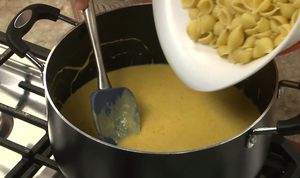
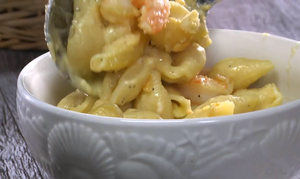


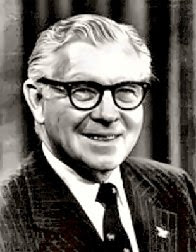


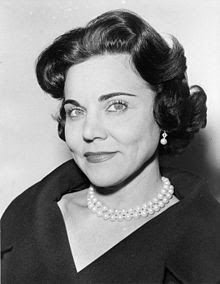

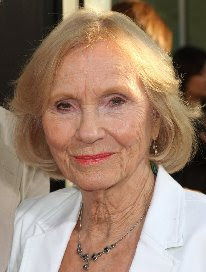


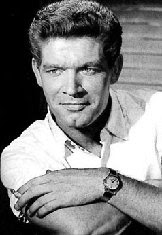

1 comment:
I hope you were able to commemorate the holiday with family and joy.
I am sorry to hear it is so wretchedly hot. Anything over 88° and I turn akin to a dried herb.
Post a Comment